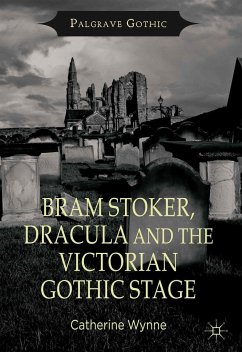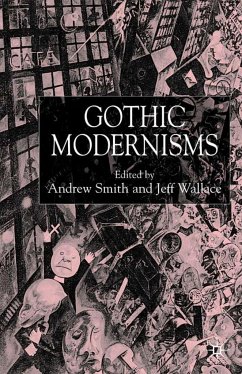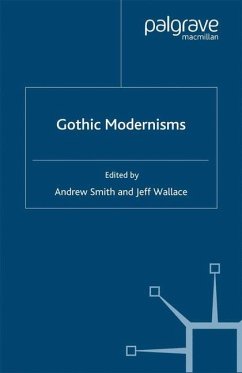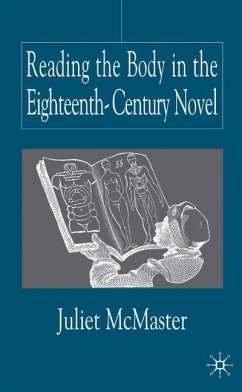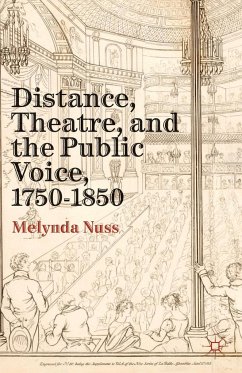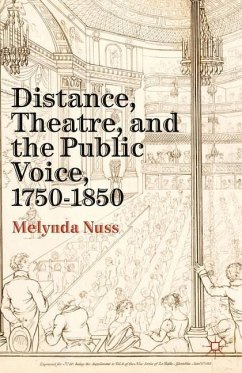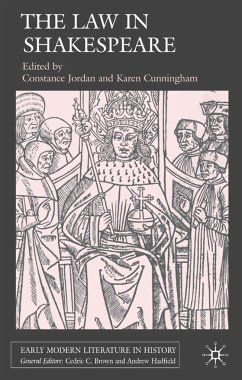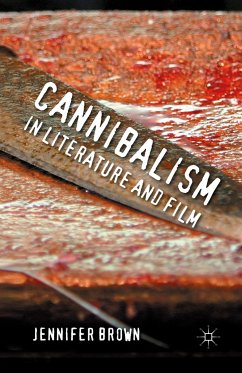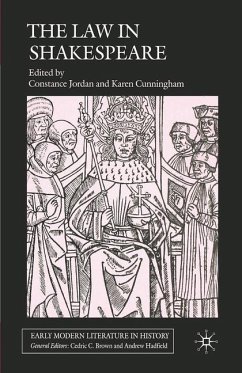
Bram Stoker, Dracula and the Victorian Gothic Stage

PAYBACK Punkte
19 °P sammeln!
Bram Stoker, Dracula and the Victorian Gothic Stage re-appraises Stoker's key fictions in relation to his working life. It takes Stoker's work from the margins to centre stage, exploring how Victorian theatre's melodramatic and Gothic productions influenced his writing and thinking.





